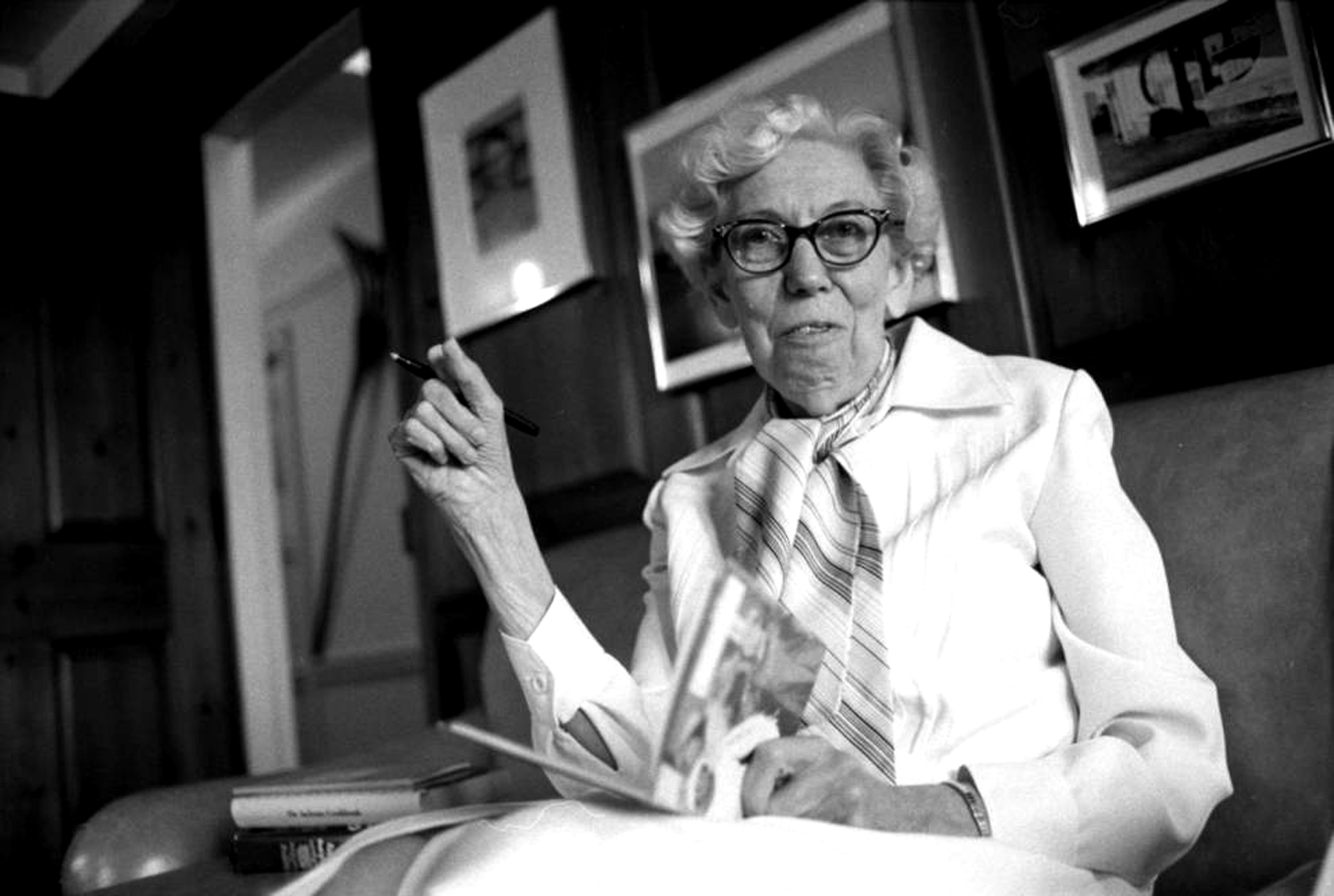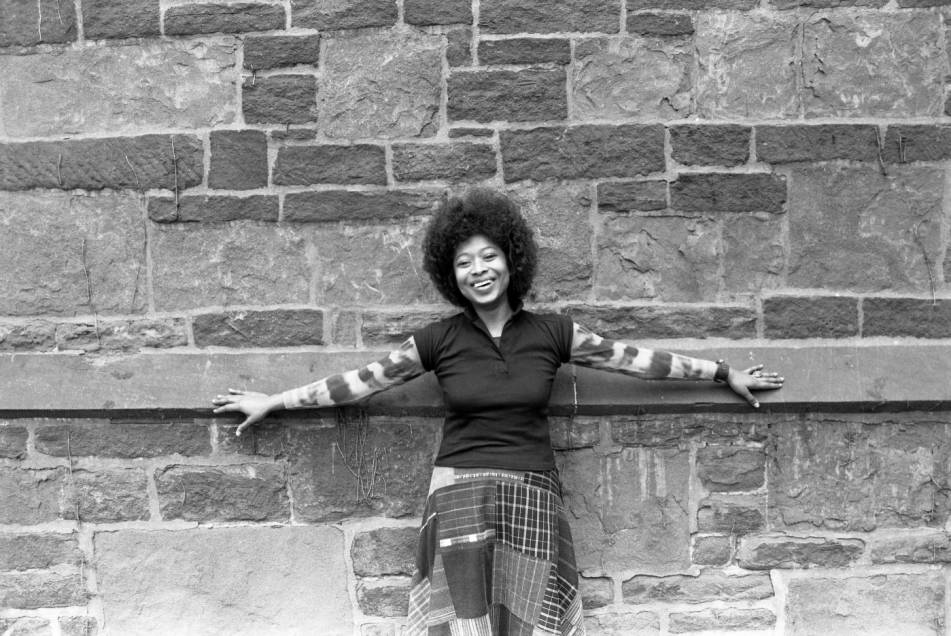We’re not 8 AM folks. So we mostly missed the start of William Ferris’s courses on Southern Music and Southern Literature, which he long held down the hall at our home in the Center for the Study of the American South at UNC. Instead, we tended to catch Bill filing out of the classroom with his students, a tote bag brimming with books in one hand, his face jug mug of coffee in the other. Unfailingly, he greeted us with something to share—an anecdote, article, or book, a drawing by Daniel Wallace, a graduate student’s paper, a piece of cake from Mama Dip’s. The list goes on.
This summer, Bill retired from teaching, meaning we now miss him well beyond the 8 o’clock hour. But Bill’s ongoing projects and prolific output mean that we will be able to turn to his work for a long time to come. His essays and interviews reveal a kind of noticing and deep listening familiar to all folklorists. And it brings to the pages of Southern Cultures some of the journal’s most insightful voices and visually poignant images. Of the 23 articles Ferris has published in Southern Cultures, the majority are interview compilations conducted with southern writers, artists, musicians, photographers, and scholars. All of Ferris’s interviews are richly illustrated with photographic portraits. Like the interview moments themselves—seized while Ferris was well positioned in his career to conduct them—the photographs are intimate and telling in their simplicity. And fortunately for readers, they are copious, enlivening the words on the page and reminding us of how deeply human his subjects are.

Eudora Welty is featured at home in Jackson, her long fingers turning pages on a couch in her living room, and also in the company of literary pals Cleanth Brooks and Robert Penn Warren (Eudora Welty: ‘…standing under a shower of blessings,” Vol. 9, No. 3, Fall 2003). Portraits of John Dollard, author of the 1937 Caste and Class in a Southern Town, show him pensive and reflective in his Yale office as he shares with Ferris his difficult and complex experiences as a young sociologist in small-town Mississippi (John Dollard: Caste and Class Revisited, Vol. 10 No. 2, Summer 2004). Close photographic studies of Mississippi bluesman James “Son Ford” Thomas reveal the weathering and the strengthening effects of hardship (The Devil and His Blues: James “Son Ford” Thomas, Vol. 15, No. 3, Fall 2009).
In a contrastive study, we see an ebullient young Alice Walker, arms thrown open, leaning against a stone wall at Yale in the 1970s, when Ferris first got to know her. These images are juxtaposed with a middle-aged Walker, seated slightly apart from the crowd come to hear her read at Square Books in Oxford in 1993. Her face is relaxed, her smile knowing, her years of living revealed in the lines around her mouth and eyes. (Alice Walker: “I know what the earth says,” Vol. 10, No. 1, Spring 2004).
I wasn’t looking for anything, things were looking for me.
Ferris’s pieces showcase life and work experienced in southern spaces. But they also invite us into the creative worlds of individuals. Alex Haley’s boyhood story about watching hummingbirds from beneath a honeysuckle vine and fancying them angels come to heal his sick grandfather is a densely textured invitation to his formational past (Alex Haley: Vicksburg, Mississippi, 1989: Angels, Legends and Grace, Vol. 14, No. 3, Fall 2008). Walker Evans’ modest assessment of his keen photographic eye for southern places sums up what it is to be open to inspiration: “I wasn’t looking for anything, things were looking for me” (Walker Evans, 1974, Vol 13, No. 3 Fall 2007). Alice Walker’s wise words should be tattooed on every heart: “Essentially what is divine is in front of you all the time” (8). Except for his concise introductions, Ferris gets out of the way to let his subjects tell their particular truths.
Essentially what is divine is in front of you all the time.

Taken together, Ferris’s contributions to Southern Cultures prove instructive in several ways. First, they provide intimate windows into the worldview of individuals significant to southern cultural production. Second, with Ferris’s historically informative introductions to each, they model how to recognize, document and provide a framework for an arc of influence. And finally, Ferris’s work speaks to the power of the folklife interview and to documentary photography, with their unique emphasis on individual experience and perception and on deep commitments to relationship-building.
Many of us may sense the value of a moment and relish its fleeting sweetness. But Ferris has acted on the sense that he may never pass this way again. He stops for the interview, the conversation, the song, the photograph. But he doesn’t just stop there. He honors the people and the places he takes the time to notice by carefully storing, and finally sharing, all that he records.
In addition to his representative pieces in Southern Cultures, Ferris’s extensive documentary work may be accessed in the William R. Ferris Collection in Wilson Library’s Southern Folklife Collection at the University of North Carolina. We’ve also compiled a list of Ferris’ contributions to the journal.

